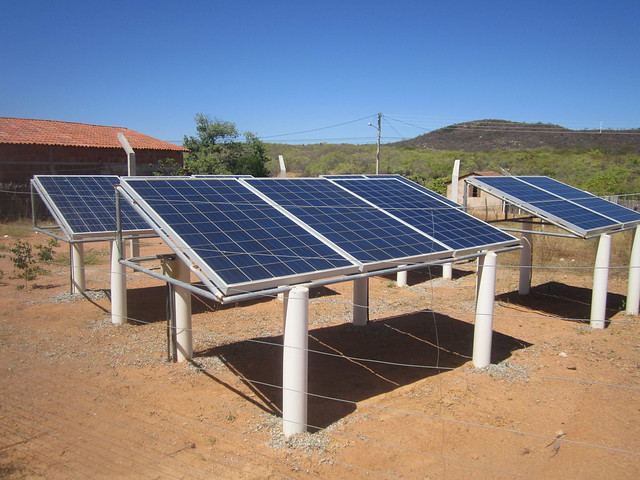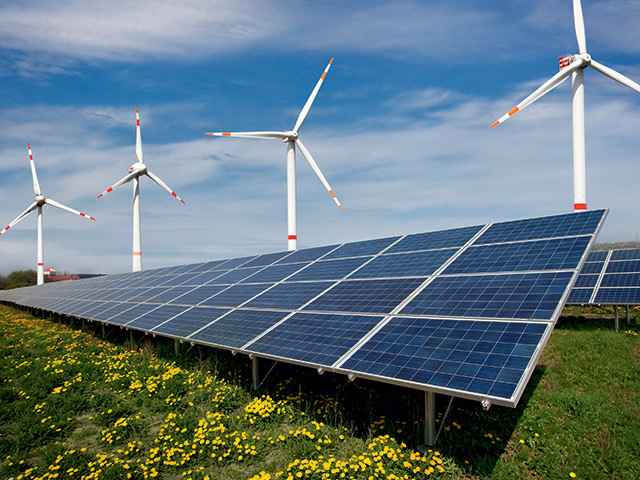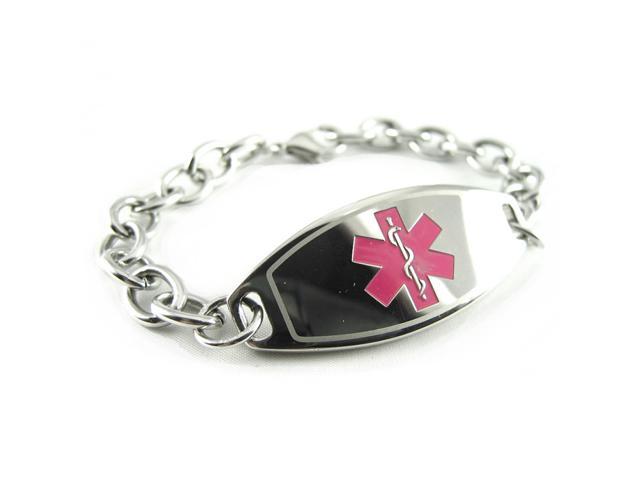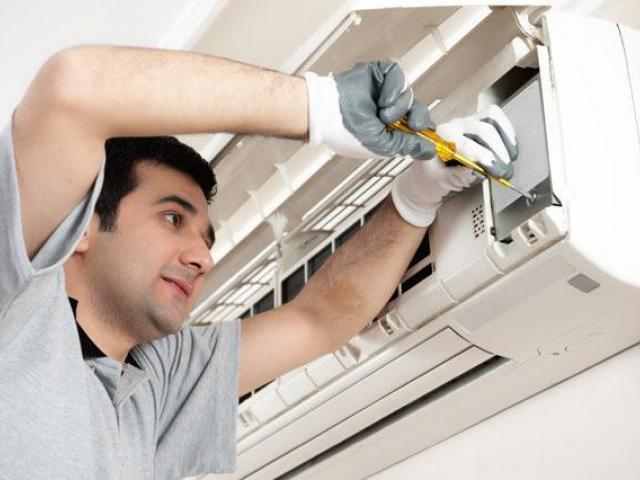In today’s world, energy efficiency is not just a buzzword; it’s a practical consideration that can significantly impact your household budget and the environment. Energy-efficient appliances have made remarkable strides in recent years, offering consumers the opportunity to reduce their electricity bills while minimizing their carbon footprint. In this blog post, we’ll delve into the substantial impact that energy-efficient appliances can have on your electricity bills and explore why making the switch is a smart investment.
The Energy Efficiency Revolution
Energy-efficient appliances represent a significant leap forward in technology and design, aimed at reducing energy consumption without compromising performance. These appliances are designed to use less electricity, water, or gas compared to their conventional counterparts while delivering the same or even superior results.
Why Energy Efficiency Matters
Energy-efficient appliances offer numerous benefits, making them a wise choice for both your wallet and the environment:
1. Lower Electricity Bills
One of the most immediate and tangible benefits of energy-efficient appliances is lower electricity bills. These appliances consume less energy to perform their tasks, resulting in reduced monthly utility costs.
2. Environmental Impact
Using less energy means producing fewer greenhouse gas emissions and reducing your carbon footprint. Energy-efficient appliances help combat climate change and contribute to a more sustainable future.
3. Increased Long-Term Savings
While energy-efficient appliances may have a higher upfront cost, their long-term savings outweigh the initial investment. Over time, the reduced energy consumption leads to substantial savings on your utility bills.
4. Improved Performance
Energy-efficient appliances are designed to deliver optimal performance while using less energy. They often come equipped with advanced features that enhance functionality and convenience.
5. Enhanced Resale Value
Homes equipped with energy-efficient appliances tend to have higher resale values. Potential buyers are attracted to energy-efficient features, making your property more appealing in the real estate market.

Types of Energy-Efficient Appliances
Energy efficiency is not limited to one type of appliance; it encompasses a wide range of household devices, including:
1. Energy-Efficient Lighting
Energy-efficient lighting, such as LED and CFL bulbs, uses significantly less electricity than traditional incandescent bulbs. They last longer and produce less heat, reducing cooling costs during hot months.
2. Energy Star Appliances
The ENERGY STAR label is a certification for a wide range of appliances, including refrigerators, dishwashers, washing machines, and more. ENERGY STAR-rated appliances meet strict energy efficiency standards and can help you save on electricity bills.
3. Programmable Thermostats
Smart and programmable thermostats allow you to control your home’s heating and cooling systems more efficiently. You can schedule temperature adjustments based on your daily routine and even control them remotely.
4. High-Efficiency HVAC Systems
Heating, ventilation, and air conditioning (HVAC) systems are major energy consumers in homes. High-efficiency HVAC systems use less energy while providing effective climate control.
5. Energy-Efficient Water Heaters
Energy-efficient water heaters, such as tankless or heat pump water heaters, heat water more efficiently, reducing energy waste and water heating costs.
6. Energy-Efficient Windows and Insulation
Improved insulation and energy-efficient windows help maintain a consistent indoor temperature, reducing the need for heating and cooling systems.
Calculating Energy Savings
Understanding the energy efficiency of appliances and calculating potential savings can help you make informed purchasing decisions. When shopping for energy-efficient appliances, consider the following factors:
1. Energy Guide Label
Look for the EnergyGuide label, which provides estimated annual energy costs for the appliance. It also compares the appliance’s energy consumption to that of similar models.
2. Energy Efficiency Ratio (EER) and Seasonal Energy Efficiency Ratio (SEER)
For cooling appliances like air conditioners, check the EER and SEER ratings. Higher numbers indicate greater energy efficiency.
3. Water Factor (WF)
For dishwashers and washing machines, check the Water Factor (WF) on the Energy Guide label. Lower WF values indicate more efficient water usage.
4. Payback Period
Calculate the payback period to determine how long it will take for your energy-efficient appliance to recoup its initial cost through energy savings. Divide the cost difference between the energy-efficient and standard models by the annual energy savings.
Case Study: The Impact of Energy-Efficient Appliances
To illustrate the potential savings, let’s consider a common household appliance: the refrigerator.
Old Refrigerator (Non-Efficient)
- Annual energy consumption: 800 kWh
- Average electricity cost: $0.13 per kWh
- Annual electricity cost: $104
New Energy-Efficient Refrigerator
- Annual energy consumption: 400 kWh
- Average electricity cost: $0.13 per kWh
- Annual electricity cost: $52
Savings per Year: $104 – $52 = $52
In this example, replacing an old, non-efficient refrigerator with an energy-efficient one results in annual savings of $52. Over the appliance’s lifetime (typically 10-15 years), this amounts to $520-$780 in total savings, making the investment in an energy-efficient refrigerator financially beneficial.
Conclusion
Energy-efficient appliances are more than just a technological advancement; they are a gateway to significant savings on your electricity bills and a means to reduce your environmental impact when you get redirected here. By investing in energy-efficient lighting, appliances, and other household devices, you can enjoy lower monthly utility costs, a more comfortable and convenient living environment, and the satisfaction of knowing you’re contributing to a greener future. So, when it’s time to replace your old appliances, consider energy efficiency as an investment that pays dividends both now and for years to come.




